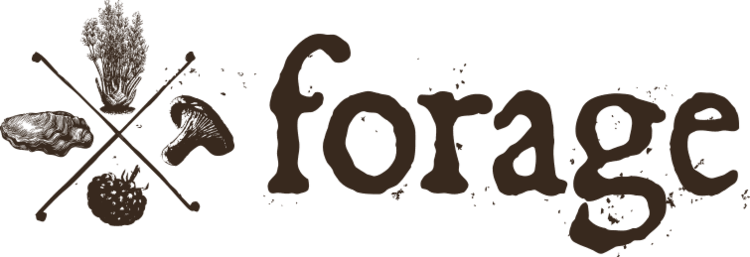Foraging in Costa Rica
Costa Rica is a dream for anyone who loves foraging. With its lush rainforests and beautiful coastlines, it’s home to a wide range of edible plants, fruits, and fungi. Foraging here isn’t just about finding delicious wild foods—it’s a chance to connect with nature and learn how people have used these natural resources for food and medicine for centuries.
A Closer Look at Costa Rica’s Ecosystems
Costa Rica’s different ecosystems, from rainforests to coastal mangroves, offer a rich variety of edible plants and fungi. In the tropical rainforests, you’ll find wild fruits like guanábana (soursop), wild mango, and sapodilla. These fruits are not only tasty but packed with vitamins and nutrients that have been prized by locals for generations. You’ll also come across wild greens like culantro, which has a flavor similar to cilantro, only stronger.
On the coast, you can forage for seaweeds and salt-tolerant plants, making this country a paradise for those who love discovering edible treasures in nature.
Tropical Fruits: Nature’s Sweet Treats
One of the most popular foraged fruits in Costa Rica is guava, or guayaba. It’s sweet and fragrant and often used in juices or desserts, though it’s also delicious eaten fresh. Another favorite is the cashew fruit (marañón), with its sweet, tart flavor that locals love to turn into refreshing drinks.
You can also find wild bananas, plantains, papayas, and mangoes growing in the rainforest, especially during the rainy season. These fruits are a true reflection of Costa Rica’s natural abundance.
Medicinal Plants: Healing from the Forest
Beyond food, Costa Rica’s rainforests are also full of medicinal plants. Locals have been using these plants for generations to treat everything from colds to stomach issues. Plants like guarumo are used for respiratory problems, while noni is known for boosting the immune system.
Other herbs like carqueja are foraged to make detox teas that help with digestive and liver health. These plants show just how intertwined food and medicine can be in Costa Rican culture.
Learning from Indigenous Knowledge
Indigenous groups like the Bribri and Cabécar have been foraging here for generations. They know the land deeply and practice sustainable foraging, which means taking only what’s needed and making sure plants can continue to grow. Foraging in these communities is often a social activity, with knowledge passed down to younger generations. It’s a way of living that respects the land and its resources.
Foraging by the Coast
Costa Rica’s coastal areas are also great for foraging. You can find edible seaweeds like gracilaria along the Pacific coast, as well as coastal plants like ipomea, which have edible leaves and flowers. In the mangroves, foragers can gather mangrove apples or pick salt-tolerant herbs like purslane to add a fresh, tangy flavor to their meals.
Keeping Foraging Sustainable
Costa Rica is known for its environmental efforts, and foraging here is no different. Local communities are careful to practice sustainable foraging, making sure they don’t take too much and that they respect the natural cycles of the land. Many foragers work with conservationists to make sure they’re protecting the rainforests and coastal areas for the future.
Wrapping Up: Why Foraging in Costa Rica is Special
Foraging in Costa Rica offers a deeper way to experience the country’s rich ecosystems and gain a greater understanding of how people and nature coexist. From the vibrant rainforests to the diverse coastlines, there’s always something new to uncover. Practicing sustainable foraging helps ensure that these environments remain healthy and thriving for future generations to explore and enjoy.




